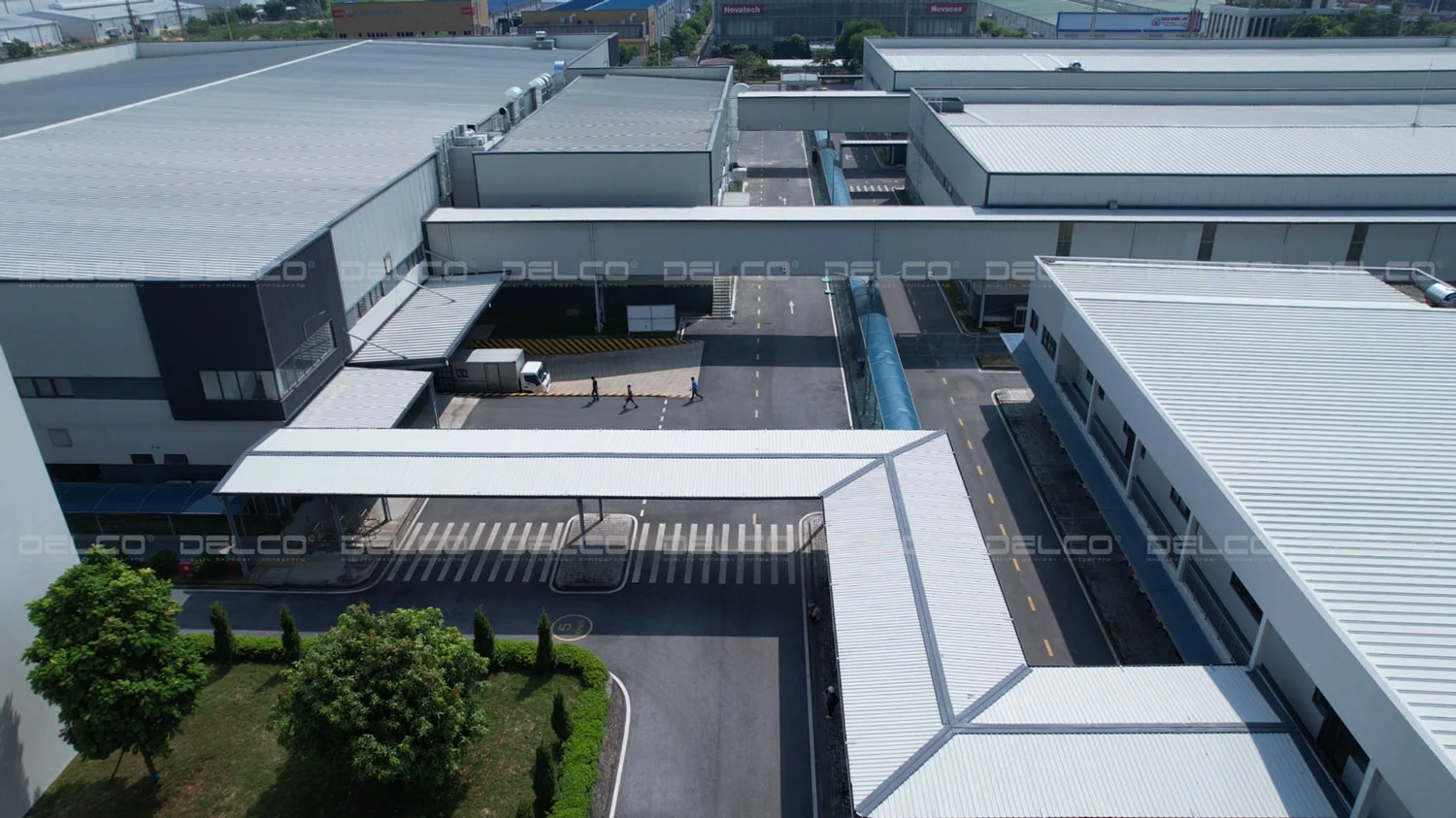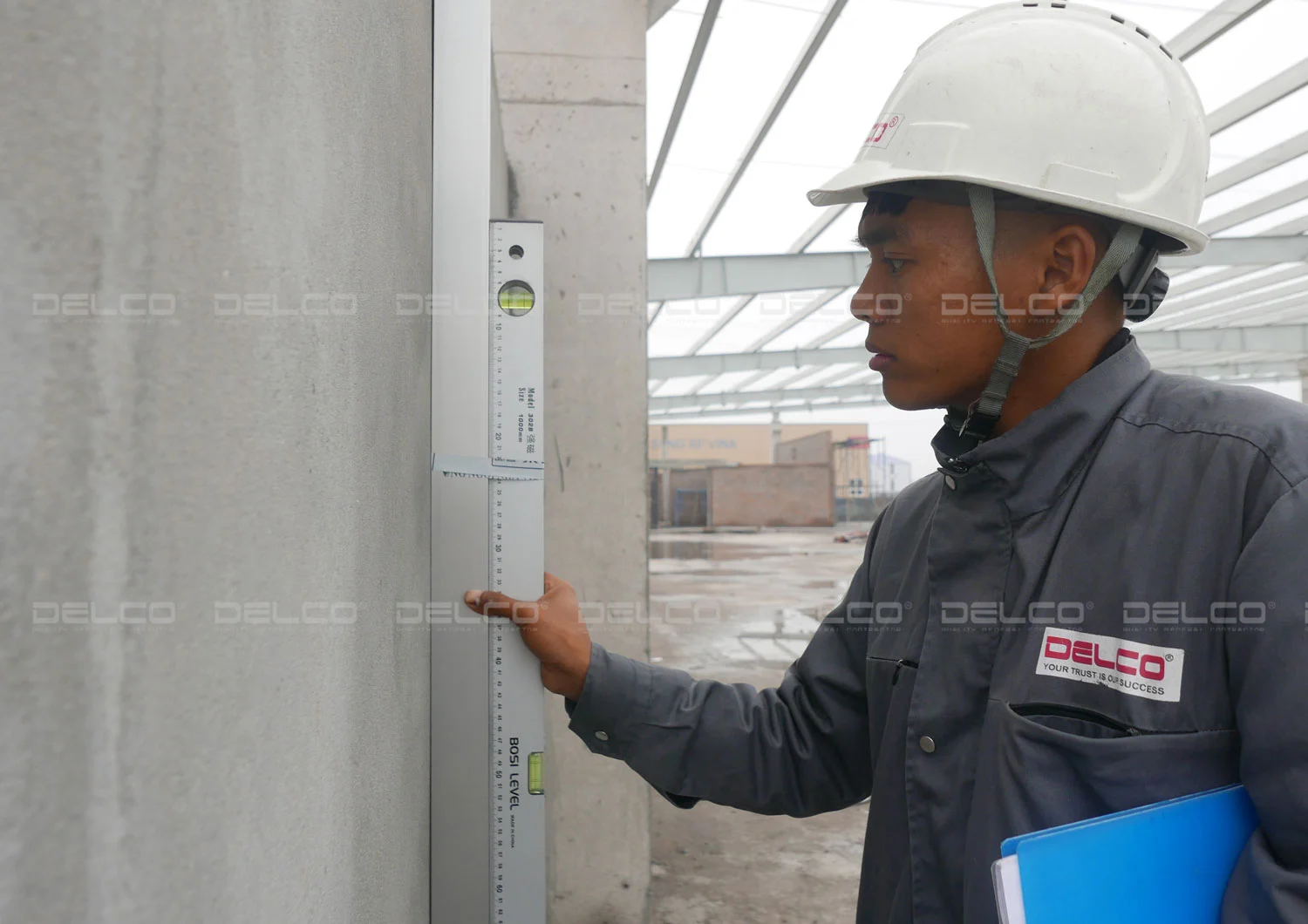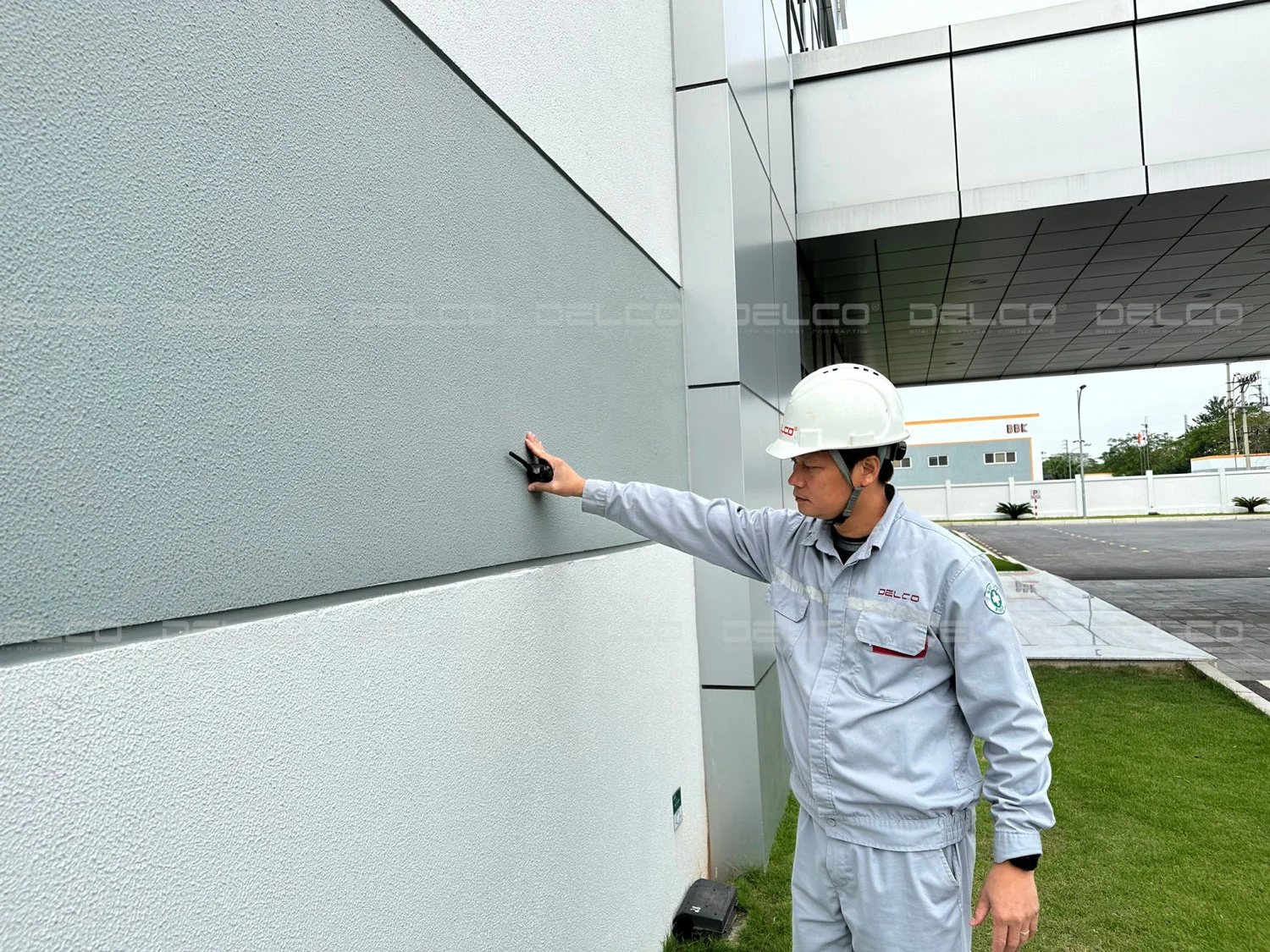Rental factories are typically equipped with only a basic electrical system designed to meet general operational needs, while each factory owner may have different power requirements. As a result, the installation or upgrade of the electrical system during the factory fit-out phase must be carefully planned to ensure safe and stable production.
Assess power needs and evaluate existing capacity
It’s essential for the investor to define the power demand of all machinery and production lines from the outset. Without accurate and comprehensive calculations, the post-fit-out electrical system may lack sufficient capacity, leading to production disruptions or unnecessary overspending.

Identifying the power consumption requirements of all equipment and production lines is one of the most critical steps in any factory fit-out project.
In addition, assessing the maximum available power capacity of the rental facility is just as important. Key factors to review during the site survey include the existing transformer station capacity, potential for upgrades, and the availability of supplementary power sources if needed. Comparing actual demand with available supply provides a clear basis for determining whether the current system needs to be upgraded.
If the existing capacity is insufficient, the investor should consider solutions such as replacing the main circuit breaker, expanding the power distribution network, or exploring the feasibility of connecting to nearby power sources. Close coordination with the landlord is necessary to ensure a stable power supply that meets long-term needs while optimizing costs.
Backup power system and power supply stability
To prevent production downtime in the event of a grid power outage, the factory should be equipped with a backup generator of suitable capacity. The generator must be capable of quick start-up and provide stable power to priority loads such as smoke extraction systems, fire protection systems (FPP), production areas, and office spaces.

In most rental factory fit-out projects, generators are typically selected with a capacity ranging from 100 to 150 kVA – sufficient to supply backup power for the fire protection system of a standard factory. However, if the investor intends to maintain operations in the office area or continue running production lines during an outage, the total load must be recalculated, and a higher-capacity generator should be selected to ensure continuous and stable operation.
Notes on electrical panel and cable connection
Rental factories are usually equipped with only one main electrical panel per block, provided in a standby configuration. As a result, the investor leasing the factory will need to install a complete MEP system tailored to their production requirements. Incoming power cables and conduits from the external source to the factory are typically routed underground to ensure safety and avoid interference with the building structure. Meanwhile, internal wiring and power cables running from the distribution panels to machinery and MEP equipment are often installed exposed on cable trays or routed along the ceiling to allow easy access for inspection, maintenance, and repairs.

The system must be carefully calculated, especially regarding conductor cross-sectional area, to ensure proper load capacity, prevent overheating, and minimize voltage drop. When making electrical connections, special attention must be paid to the load capacity of each wiring line to avoid overloading, which can cause short circuits and fires—one of the most common causes of electrical hazards in factories.
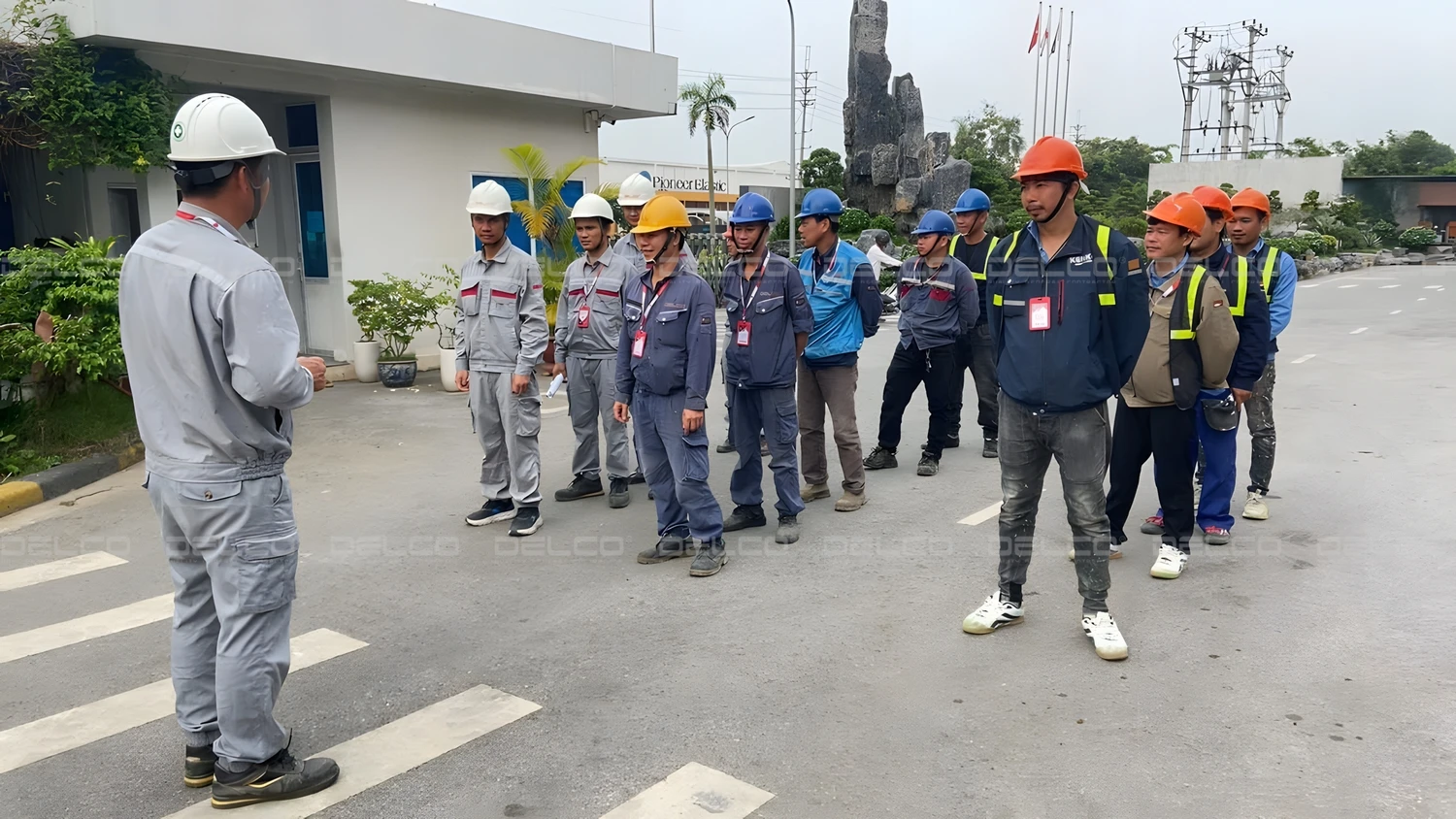
Safety training is conducted at the start of each working day for MEP engineers and workers at the ANMI Tools factory upgrade and repair project, DELCO as the general contractor.
In addition to technical requirements, electrical works during the fit-out of rental factories must strictly comply with electrical safety standards. Before starting work, all engineers and workers are required to undergo safety training and be fully equipped with personal protective gear such as insulated gloves, safety helmets, and harnesses when working at heights. During construction, the power supply is completely shut off for any electrical connection or repair work. Construction zones are clearly marked with barriers and warning signs to minimize the risk of accidents. For tasks at height, lifting equipment and safety ropes must be inspected before each shift. Nighttime operations must have sufficient lighting and constant on-site supervision.
 | 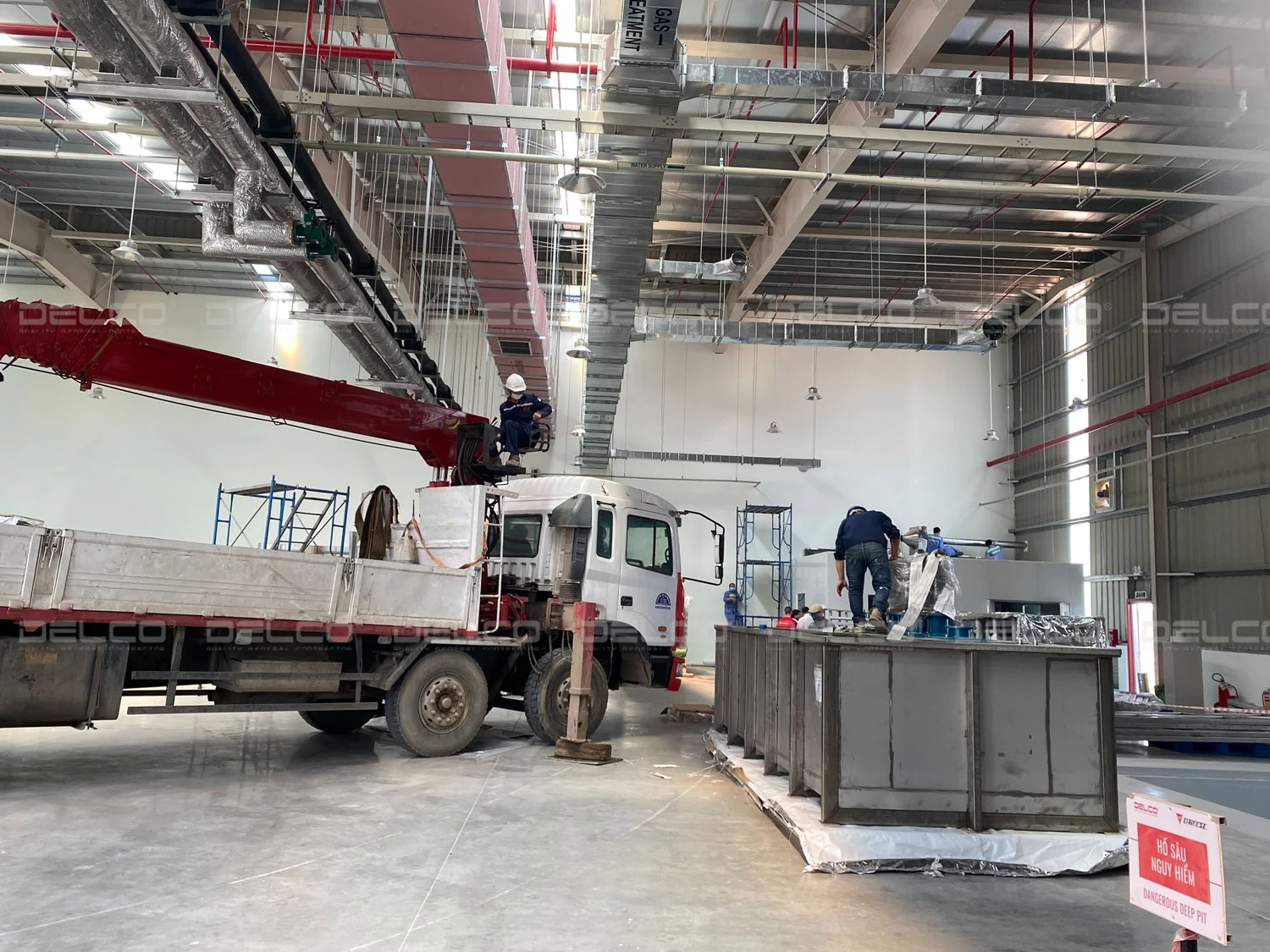 |
At all projects, DELCO places strong emphasis on installing adequate warning signs and safety barriers to alert about hazards and ensure the safety of both workers and surrounding areas.
Electrical safety inspection process
Before putting the system into operation, a strict multi-step electrical safety inspection must be carried out. After installation is completed, all cable routes and connection points undergo a preliminary check to detect any technical faults, ensuring that conductors are neither damaged nor compressed. All contact points and terminals in distribution panels and switchgear are tightened with bolts and measured with specialized torque tools to ensure secure electrical contact and safe operation.

Each electrical panel is labeled after bolt tightening at DELCO construction sites, facilitating easy identification, inspection, operation, and maintenance of the factory in the future.
Before energizing the system, it is tested in both no-load and load conditions to assess capacity, stability, and identify potential issues. Final inspections include measuring insulation resistance and ground resistance (which must be under ten Ohms or follow design specifications); testing the operation of circuit breakers (CB), molded case circuit breakers (MCCB), relays, and surge protection devices—to ensure they disconnect power correctly in case of overload or leakage. The entire process is documented in a detailed safety acceptance report. After handover, the system should be accompanied by a maintenance logbook and undergo scheduled maintenance every three to six months. Factory personnel should also receive basic training on emergency response procedures such as dealing with electrical fires, leaks, using fire extinguishers, and performing safe power shutdowns.
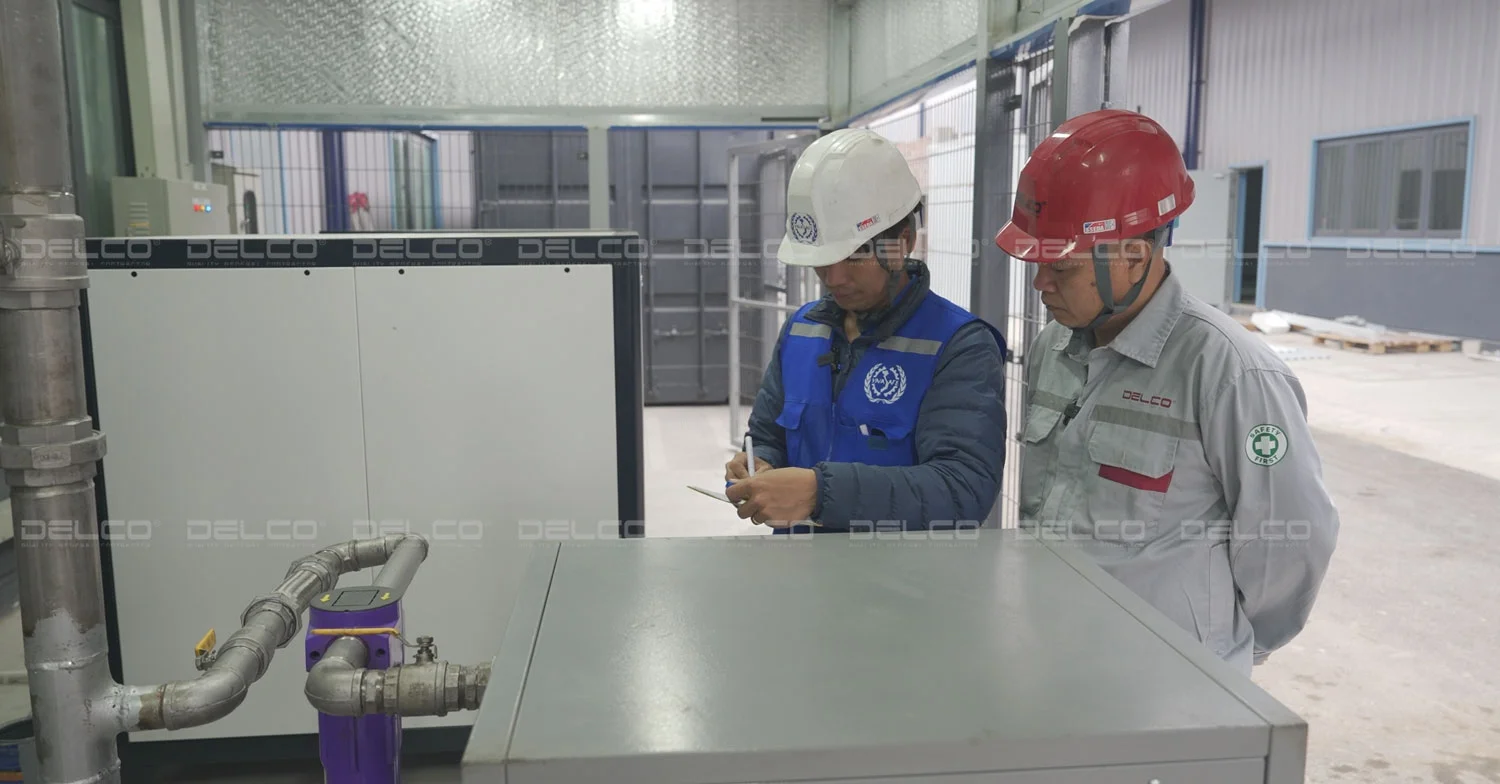 | 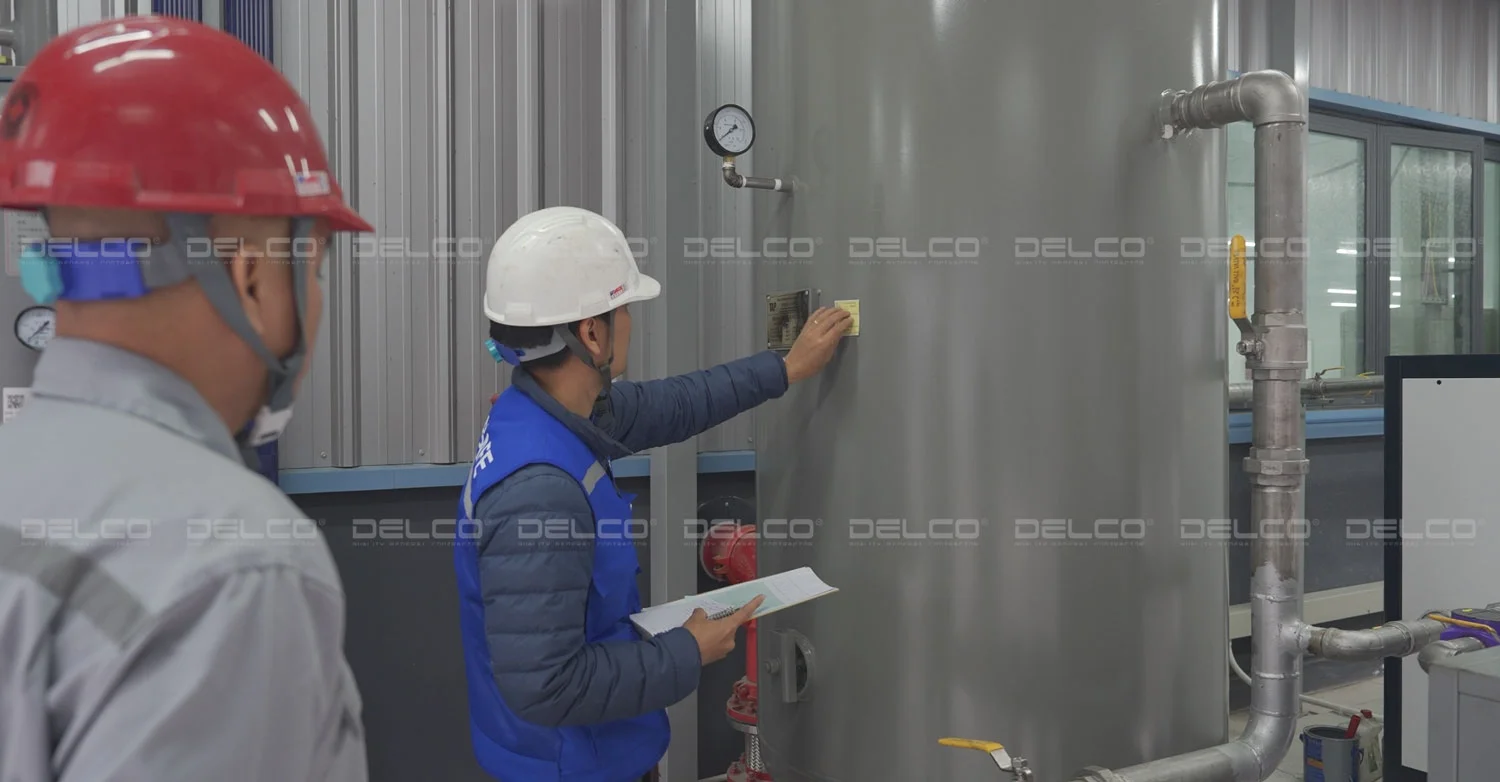 |
The trial load run of the air compressor system and internal inspection at the camera manufacturing factory fit-out project in Bac Ninh, DELCO as the Design – Build contractor.
As a seasoned MEP general contractor, DELCO places strong emphasis on electrical safety protocols, particularly in fit-out works and in overall factory MEP construction. In all DELCO projects, the electrical system is only energized after completing full quality checks, internal acceptance, and approval by the supervision consultant. Implementing this multi-layered controlled construction process not only enhances electrical safety but also facilitates easier maintenance, future expansion, and repair of factory electrical systems.
See more: Typical factory fitout projects implemented by Delco
See more: Optimizing costs & efficiency of factory renovation & upgrading
See more: 4 criteria to help investors choose the optimal factory fit-out plan for 2025


